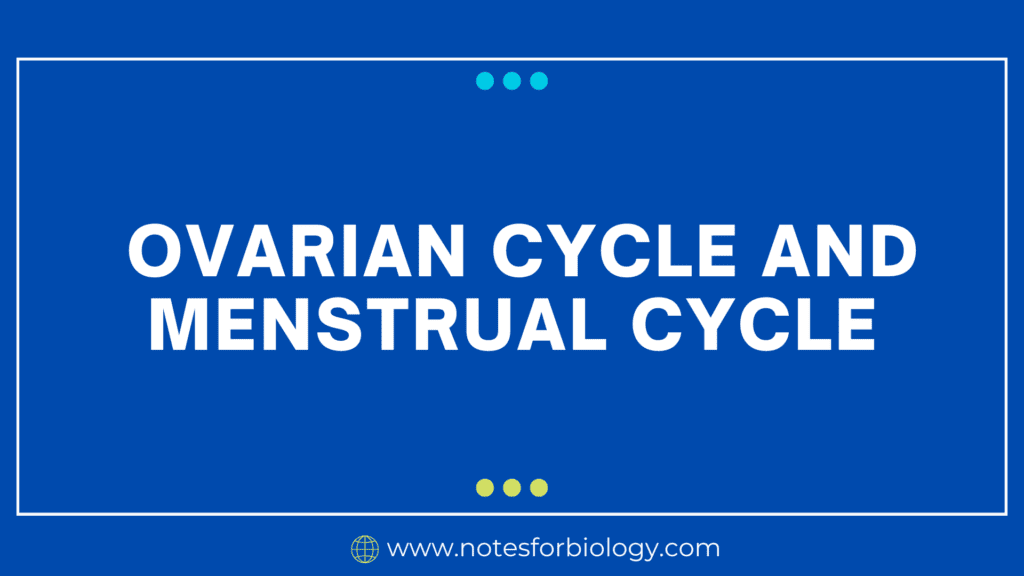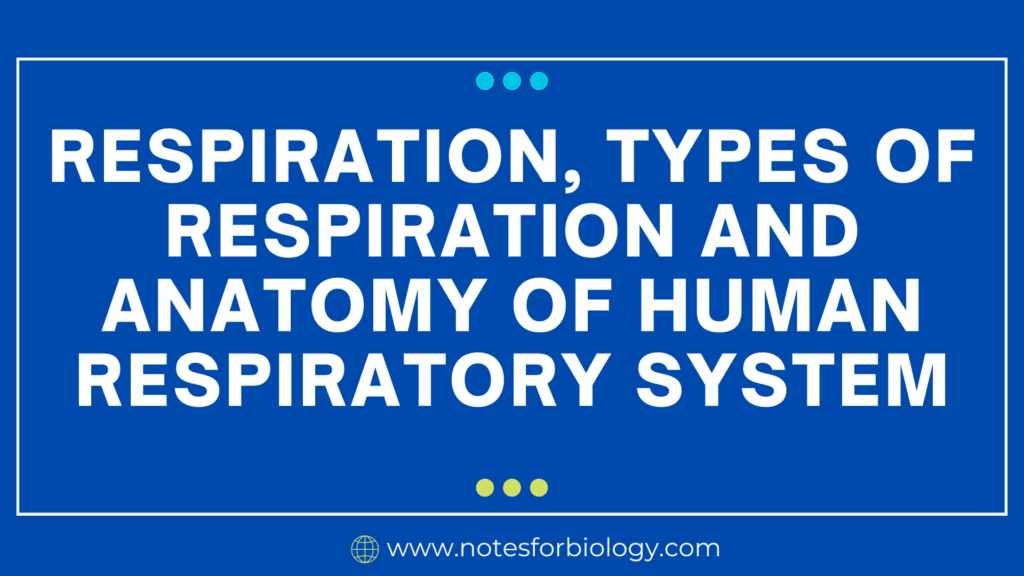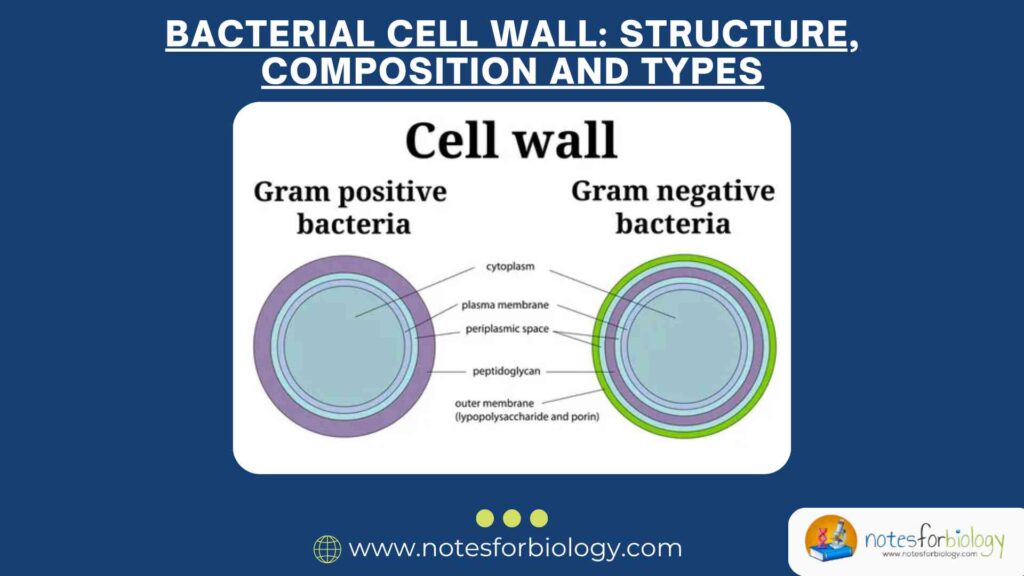Respiration and fermentation are both metabolic processes that break down organic molecules (like glucose) to produce energy in the form of ATP. They begin with glycolysis, which occurs in the cytoplasm and yields 2 ATP and NADH. Both processes also involve the regeneration of NAD⁺ to sustain glycolysis, ensuring continuous energy production. While respiration proceeds with the Krebs cycle and electron transport chain (in aerobic or anaerobic respiration), fermentation bypasses these steps, instead using organic molecules (like pyruvate) as final electron acceptors. Despite differences in efficiency and end products, both pathways are essential for cellular energy generation under varying oxygen conditions.

Summary of Respiration and Fermentation
- Respiration is efficient (high ATP) but requires oxygen (or alternative acceptors).
- Fermentation is fast but inefficient (2 ATP), used when oxygen is absent.
- Fermentation end products (ethanol, lactate) are useful in industry, while respiration mainly produces CO₂ + H₂O.
- Human muscles use fermentation temporarily during heavy exercise when oxygen is low.
Table of Contents
Respiration
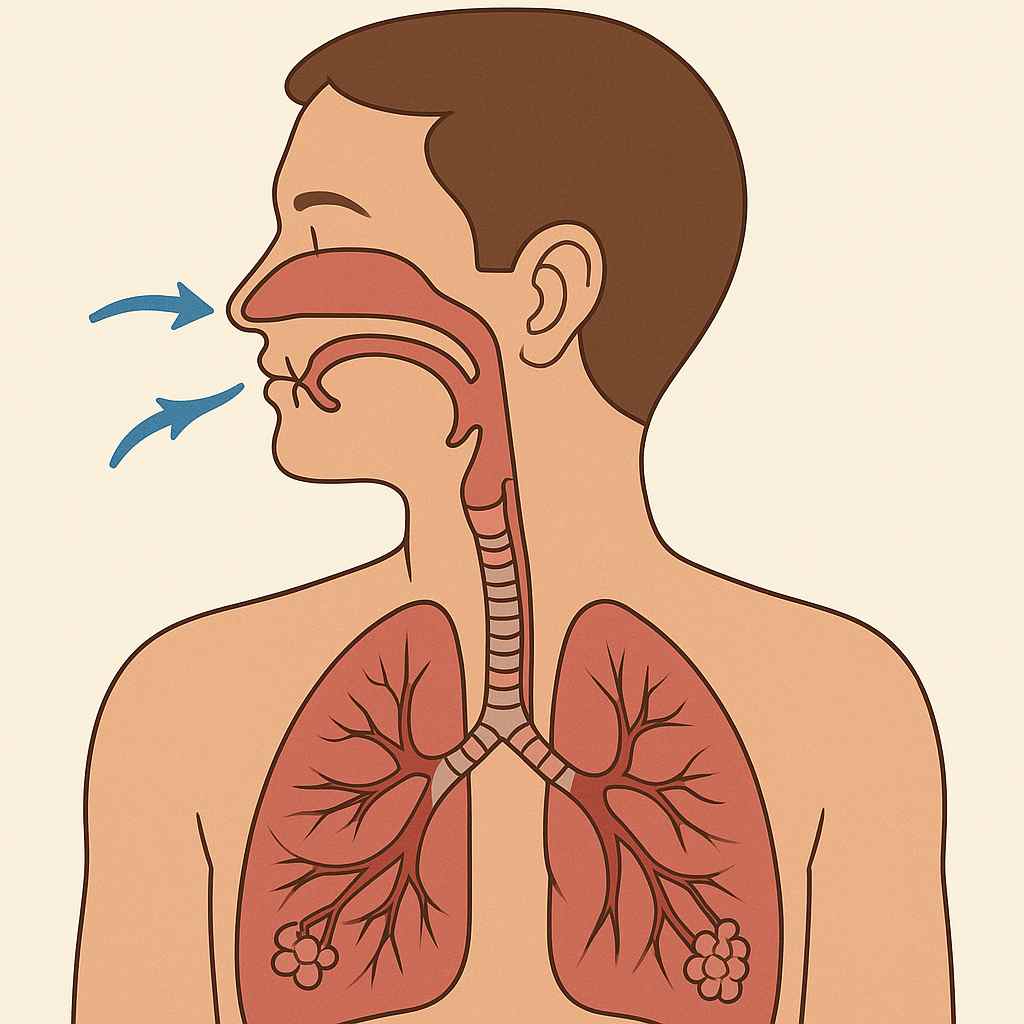
Respiration is the process by which cells break down glucose to produce energy in the form of ATP. It usually occurs in the presence of oxygen (aerobic respiration), but can also happen without it (anaerobic respiration). This process releases carbon dioxide and water as by-products. It is essential for the survival of most living organisms.
Fermentation
Fermentation is an anaerobic process that breaks down glucose to produce a small amount of energy (ATP) without using oxygen. It occurs in some microorganisms and muscle cells. The end products are usually alcohol or lactic acid. Fermentation is used in making bread, yogurt, and alcoholic drinks.
Comparison Between Respiration and Fermentation
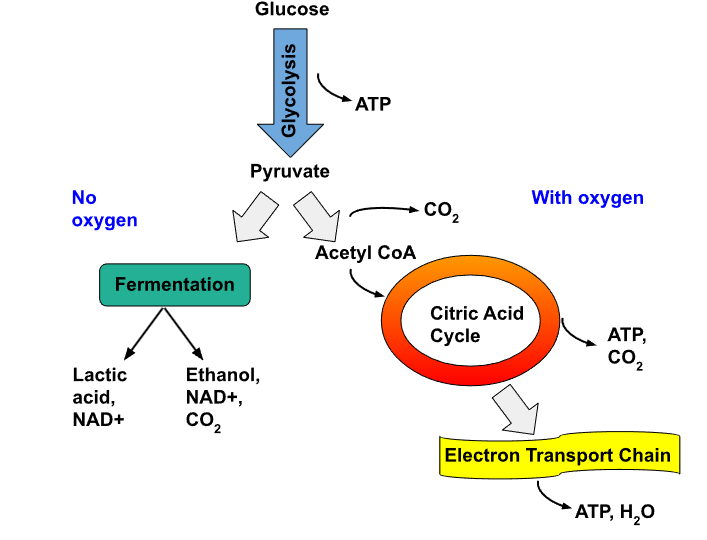
The difference between Respiration and Fermentation are given below,
| Feature | Respiration | Fermentation |
|---|---|---|
| 1. Oxygen Requirement | Can be aerobic (uses oxygen) or anaerobic (uses alternative acceptors like NO₃⁻, SO₄²⁻). | Strictly anaerobic (does not use oxygen or other inorganic electron acceptors). |
| 2. ATP Yield | High (36-38 ATP per glucose in aerobic; less in anaerobic) due to complete oxidation. | Low (only 2 ATP per glucose) because it only uses glycolysis. |
| 3. Final Electron Acceptor | In aerobic respiration: oxygen (O₂). In anaerobic respiration: inorganic molecules (e.g., nitrate, sulfate). | Organic molecules (e.g., pyruvate converted to lactate or ethanol). |
| 4. Metabolic Pathway | Three stages: Glycolysis → Krebs cycle → Electron Transport Chain (ETC). | Only glycolysis, followed by reduction of pyruvate (no Krebs cycle or ETC). |
| 5. Energy Efficiency | Highly efficient – extracts maximum energy from glucose (up to ~38 ATP). | Inefficient – only 2 ATP per glucose; most energy remains in waste products (e.g., ethanol). |
| 6. End Products | Aerobic: CO₂ + H₂O. Anaerobic: Varies (e.g., CO₂ + H₂S in sulfate reducers). | Lactic acid fermentation: Lactate. Alcoholic fermentation: Ethanol + CO₂. |
| 7. Cellular Location | Glycolysis (cytoplasm), Krebs cycle & ETC (mitochondria in eukaryotes). | Entirely in cytoplasm (no mitochondria required). |
| 8. NAD⁺ Regeneration | Via ETC (electrons passed to O₂ or other acceptors, regenerating NAD⁺). | Via pyruvate reduction (e.g., pyruvate → lactate, regenerating NAD⁺ for glycolysis). |
| 9. Organisms Involved | Most eukaryotes (plants, animals, fungi) and many prokaryotes (aerobic/anaerobic bacteria). | Yeast, some bacteria (e.g., Lactobacillus), and animal muscle cells under hypoxia. |
| 10. CO₂ Release | Yes (in Krebs cycle and ETC during aerobic respiration). | Only in alcoholic fermentation (CO₂ released when pyruvate → ethanol). |
| 11. Heat Production | Significant (due to high energy release in ETC). | Minimal (less energy released, so less heat). |
| 12. Industrial Uses | Not directly used in industry (general cellular process). | Widely used: baking (yeast), brewing (ethanol), yogurt (lactic acid bacteria). |
| 13. pH Change | Neutral (H₂O is a byproduct in aerobic respiration). | Acidic (lactic acid lowers pH) or alcoholic (ethanol produced). |
| 14. Speed of ATP Production | Slower (requires multiple steps: glycolysis, Krebs, ETC). | Faster (only glycolysis occurs, so ATP is made quickly). |
| 15. Electron Transport Chain | Present (key for aerobic/anaerobic respiration). | Absent (no ETC; electrons go directly to pyruvate). |
| 16. Energy Storage | Efficiently stores energy in ATP (most glucose energy captured). | Wastes energy (much remains in ethanol/lactate, which cannot be further broken down). |
| 17. Role in Humans | Primary energy source (aerobic respiration in most cells). | Backup during oxygen shortage (e.g., lactic acid fermentation in muscles during exercise). |
| 18. Byproduct Utility | CO₂ and H₂O expelled as waste (no commercial use). | Ethanol (biofuel, alcohol), lactic acid (food preservation, yogurt). |
| 19. Evolutionary Aspect | More advanced (requires mitochondria and oxygen in eukaryotes). | Primitive (one of the oldest metabolic pathways, used by early anaerobic life). |
| 20. Examples | Human cells, plants, aerobic bacteria (e.g., E. coli with O₂). | Yeast (bread/beer), Lactobacillus (yogurt), muscle cells (lactic acid buildup). |
Similarities between Respiration and Fermentation
1. Respiration and Fermentation Both Begin with Glycolysis
Both start by breaking down glucose into pyruvate through glycolysis in the cytoplasm, producing 2 ATP and NADH.
2. Respiration and Fermentation Both Generate ATP
Though respiration yields far more ATP (36-38), both processes produce at least 2 ATP per glucose molecule via glycolysis.
3. Respiration and Fermentation Both Require NAD⁺ Regeneration
Each process recycles NADH back to NAD⁺ to keep glycolysis running—respiration does this via the electron transport chain (ETC), while fermentation reduces pyruvate (e.g., to lactate or ethanol).
4. Respiration and Fermentation Both Occur in Living Cells
They are universal metabolic pathways found in microbes, plants, and animals (e.g., yeast ferments sugar; human muscles ferment during heavy exercise).
5. Respiration and Fermentation Both Produce Metabolic Byproducts
Respiration releases CO₂ and H₂O (aerobic) or other compounds (anaerobic), while fermentation produces lactic acid, ethanol, or CO₂, depending on the organism.
Conclusion
Respiration and fermentation are two fundamental metabolic pathways that enable cells to extract energy from glucose, but they differ significantly in efficiency, oxygen dependence, and end products. Respiration, which includes aerobic and anaerobic forms, is highly efficient producing up to 38 ATP per glucose molecule and relies on oxygen (or alternative electron acceptors) to fully oxidize glucose into CO₂ and H₂O. In contrast, fermentation is an anaerobic shortcut that generates only 2 ATP per glucose, regenerating NAD⁺ by converting pyruvate into simpler compounds like lactic acid or ethanol.
While respiration is the primary energy source for most organisms, fermentation acts as a rapid but inefficient backup during oxygen shortages, playing critical roles in industries like brewing, baking, and dairy. Despite their differences, both processes begin with glycolysis, highlight life’s adaptability to varying oxygen levels, and underscore the biochemical versatility of energy production in living systems.
Frequently Asked Questions (FAQs)
Difference between fermentation and anaerobic respiration?
Anaerobic respiration is like a backup battery that still uses some fancy wiring (ETC) to make decent energy (2-36 ATP) without oxygen. Fermentation is the quick-and-dirty emergency mode that just makes 2 ATP and some waste (like alcohol or lactic acid).
Which is a similarity between alcohol fermentation and aerobic respiration?
Both alcohol fermentation and aerobic respiration start the same way by breaking down sugar (glucose) in a process called glycolysis. This step gives the cell a little bit of energy. Even though what happens next is different, the beginning is the same in both processes. So, their main similarity is that they both start by using sugar to make energy.
Is fermentation and anaerobic respiration the same thing?
Fermentation and anaerobic respiration are not the same, though both occur without oxygen. Anaerobic respiration uses an electron transport chain with inorganic molecules (like nitrate) to generate more ATP (2-36), while fermentation skips this chain, produces only 2 ATP, and creates simple byproducts like lactic acid or alcohol making it faster but less efficient.
Related Articles


